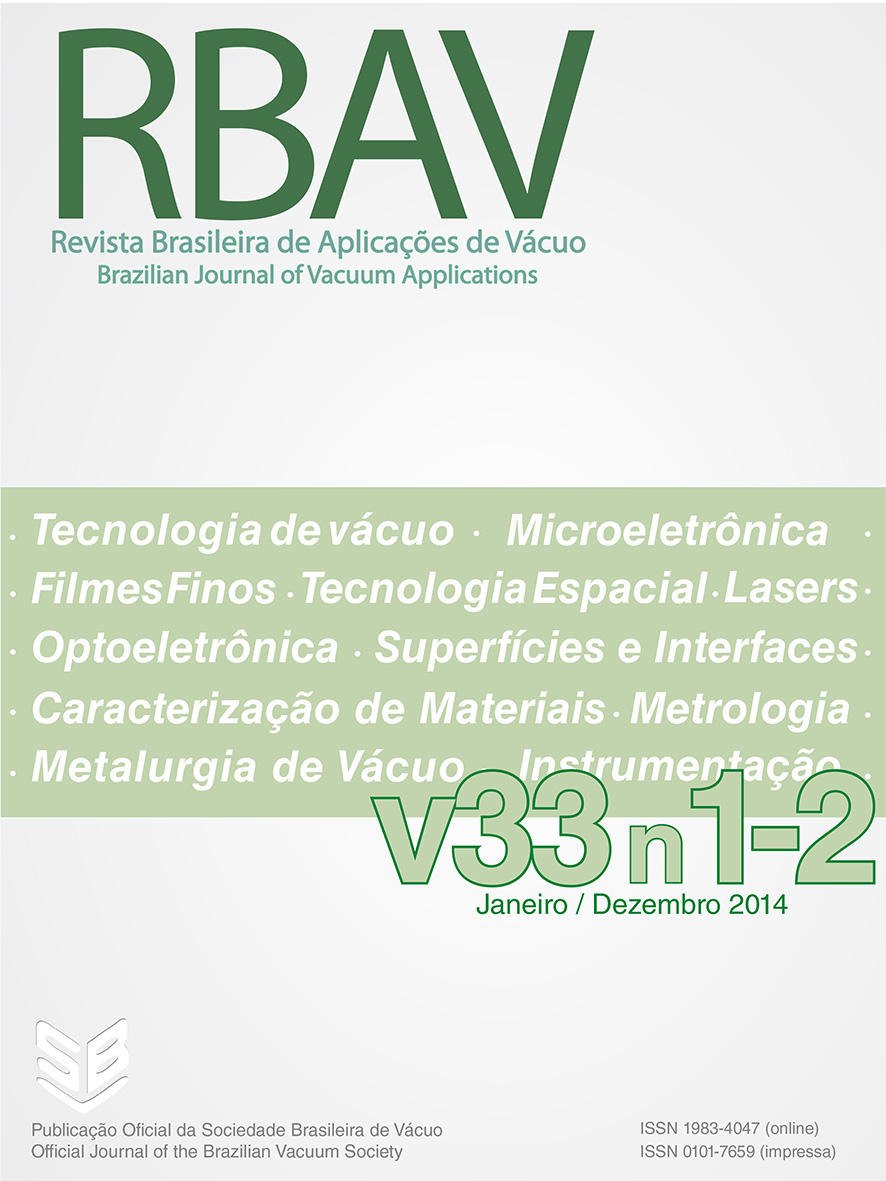Optimization of a promising technology to degrade the persistent azo-dye (RO16) using boron doped diamond electrodes
DOI:
https://doi.org/10.17563/rbav.v33i1-2.977Palavras-chave:
Electrochemical Oxidation, Reactive Orange 16 Dye, Boron Doped DiamondResumo
The electrochemical degradation of the reactive orange 16 azo-dye (RO16) using boron doped diamond (BDD) electrodes grown on titanium substrate (BDD/Ti) is presented. Two different electrodes, produced at growth times of 7 and 24 h, were used and named as E1 and E2, respectively. Both of them are highly doped, with the acceptor concentration of around 7.0 x 1020 cm-3, evaluated by the Raman spectra. The morphological and the physical characterization confirmed the best diamond purity of E2 electrode associated with its largest and well faceted grains as well as with its lowest sp2 content. This behavior was attributed to the diamond columnar growth dominance after the stead state process, observed for the films with a thickness higher than 3.0 ?m. The electrode efficiencies were studied to degrade electrochemically the RO16 dye. The results were analyzed by UV/VIS spectroscopy, by total organic carbon (TOC) and by high-performance liquid chromatography (HPLC) techniques. The electrode E2 showed the best efficiency for both, the aromaticity reduction and the azo group fracture, from UV/VIS spectra. These tendencies were confirmed by the TOC and the chromatographic measurements. The direct relationships among the BDD morphology, physical property, and performance during the degradation process were discussed.Downloads
Publicado
2014-10-23
Edição
Seção
Ciência e Tecnologia de Materiais


